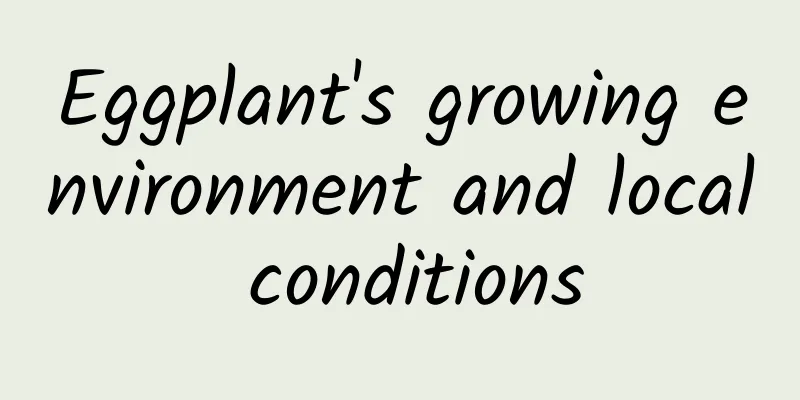How many kilograms of outdoor peppers are generally produced per mu?

|
There are various ways to grow peppers , including greenhouses and open fields. Among them, open-air cultivation has become the main method of pepper production in many areas due to its lower cost and closer to natural growing environment. So how many kilograms of outdoor peppers are generally produced per mu? Let’s learn more about it below. How many kilograms of outdoor peppers are generally produced per mu? The per-acre yield of open-air pepper is affected by many factors, including variety, climate, soil and cultivation management. Generally speaking, the yield of open-air peppers per mu is about 500-800 kilograms, or about 1000-1600 jin. If high-yield varieties are selected and scientific planting and management are adopted, the yield per mu can reach 1,000 kilograms or even higher. How to increase the per-acre yield of open-air peppers? 1. Choose good varieties The per-acre yield of different varieties of peppers varies, so it is necessary to give priority to planting pepper varieties with strong stress resistance, good cold resistance and guaranteed yield. 2. Select the site and apply fertilizer Peppers have high requirements for soil. Slightly acidic soil rich in organic matter is conducive to the growth of peppers. At the same time, reasonable fertilization, especially balanced application of nitrogen, phosphorus and potassium fertilizers, can effectively improve the yield and quality of peppers. 3. Reasonable density planting High ridge cultivation is suitable for open-air cultivation of peppers. The ridge height should be greater than 15 cm, two rows should be planted on each ridge, the row spacing should be 40-50 cm, the plant spacing should be 30-35 cm, and two plants should be planted in one hole. 4. Moisture management Pepper is a shallow-rooted crop that is afraid of both drought and waterlogging. Therefore, in fertilizer and water management, we should pay attention to watering frequently in small amounts to keep the soil moist. 5. Reasonable pruning Peppers need reasonable pruning and trimming during their growth period. We can cut off the overlapping branches, dense branches, long branches, fruitless branches, diseased leaves, yellow leaves, and old leaves in time. This will not only reduce the waste of nutrients, but also improve the ventilation and light transmittance of the field, which is conducive to the peppers to have less disease, more flowering, and more fruiting. 6. Pest and disease control During the growth process of peppers, they are easily attacked by various diseases and pests, such as pepper blight, aphids, etc. Effective pest and disease control measures can reduce crop losses and ensure yields. In general, the per-acre yield of open-air peppers is affected by many factors. Therefore, for pepper growers, understanding the key factors that affect yield, such as variety and soil, and adopting reasonable planting strategies are the key to increasing per-acre yield and increasing income.
|
>>: How to grow Polygonatum sibiricum?
Recommend
Can persimmon trees be planted outside the house?
Can persimmon trees be planted outside the house?...
Can laundry detergent be used to water flowers? What are the benefits of watering flowers?
Can laundry detergent be used to water flowers? L...
The correct steps for cutting Monstera and how to care for it after cutting
1. Correct cutting steps 1. Time selection: For M...
The flower language and legend of blue snow flower
Flower Language The meaning it is given is transf...
How long can potted lilies live?
1. How long do you live? It is a perennial herb. ...
How to grow jade plant to make it grow fast and have green leaves (how to grow it strong and tall)
Jade tree is a plant belonging to the Crassulacea...
How many years does the miracle fruit tree bear fruit?
Introduction to Planting Miracle Fruit Trees Mira...
What vegetables are suitable to grow in winter?
As winter approaches, the temperature gradually d...
What rootstock is good for camellia grafting? How to graft camellia?
1. Rootstock Selection The rootstock for grafting...
Spring Management Methods for Peonies
Spring management methods for peony flowers: wate...
Cultivation methods and precautions for banyan bonsai
1. Flower soil The banyan tree has good adaptabil...
How to prune potted forsythia and why it doesn't bear fruit
1. How to trim Forsythia has a relatively strong ...
How to plant tiger tongue red seeds
1. Seed collection time 1. The fruit-bearing peri...
Breeding methods and precautions of Silver Emperor
1. Soil Generally speaking, it is not particularl...
Feng Shui experts say it is good to plant peonies
1. Is Feng Shui good? Many old people would say t...









